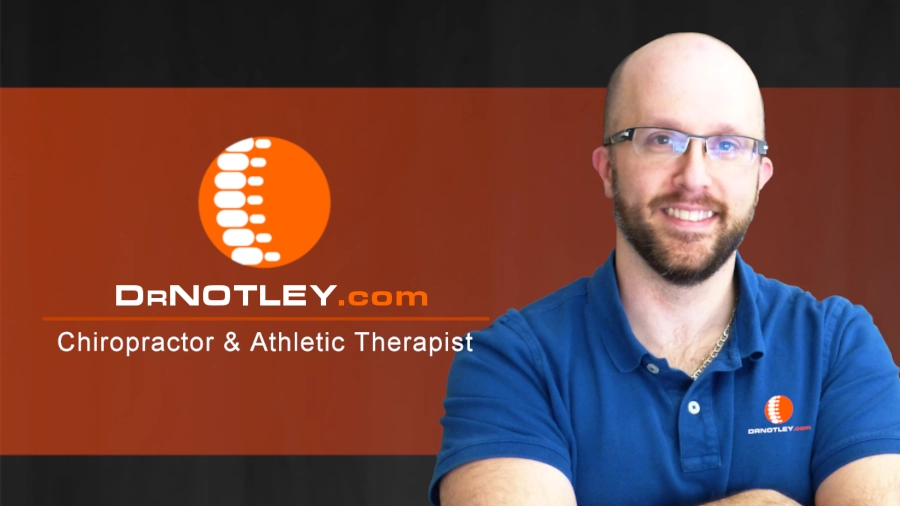Corrective exercise is a buzz word right now in the musculoskeletal health care circles (chiropractors, athletic therapists, physiotherapists etc.). What are corrective exercises? This is a difficult question to answer since there seems to be different definitions.
How I define a corrective exercise.
To provide a corrective exercise an examination/assessment needs to be performed where the practitioner looks for weaknesses, inflexibility, instability, hypermobility. hypomobility, imbalances, asymmetries and poor movement habits.
Choosing a corrective exercise depends on what is found in the examination. Sometimes it might mean manual therapies (manipulation, Active Release Techniques, acupuncture, etc) to assist in improving the movement. In some circles simply stretching or strengthening areas prove to be corrective. I have used this approach for years.
A new approach is using exercises that take advantage of movement patterns that reflexively improve errors. These exercises tend to show quick results. The likely reason is that these exercises are improving motor control; teaching the brain to muscle connection on how it is supposed to work. It would be like inserting a new program to improve the performance of your computer.
If an
exercise shows a significant improvement then this is a corrective exercise. The exercise is to be practiced until the movement becomes more natural (1000 perfect repetitions). More challenging exercises can then be performed to reinforce this movement pattern.
These might be very basic movements but they are excellent at preparing the body for activity. I often give these corrective exercises to my patients to perform as part of their warm up for exercise. This might help with injury prevention or maybe improve pain free performance. It has been recommended that when your technique is sloppy you should revert back to the corrective exercises to “reset the system”.
Ultimately, a corrective exercise is anything that corrects the problems you have … if it doesn’t then I guess we just call it exercise.
What if it doesn’t doesn’t correct your problem?
Most importantly, if improvement is not being seen then it is back to the drawing board with your assessment. We can’t be right all of them time. It takes character to accept what you are doing is not helping and then make changes to your patients’ care when it is required.
Dr Notley
Originally posted on May 17, 2022 @ 4:37 pm
